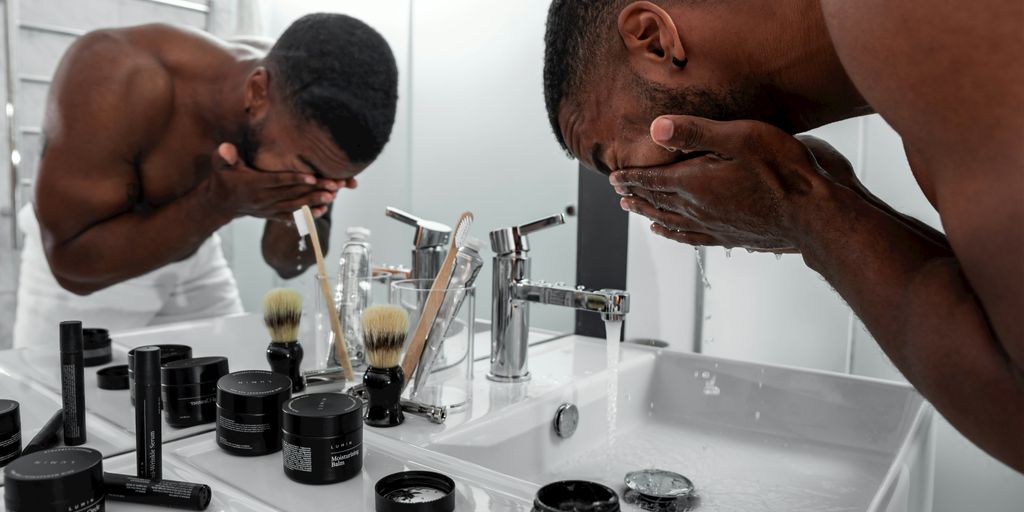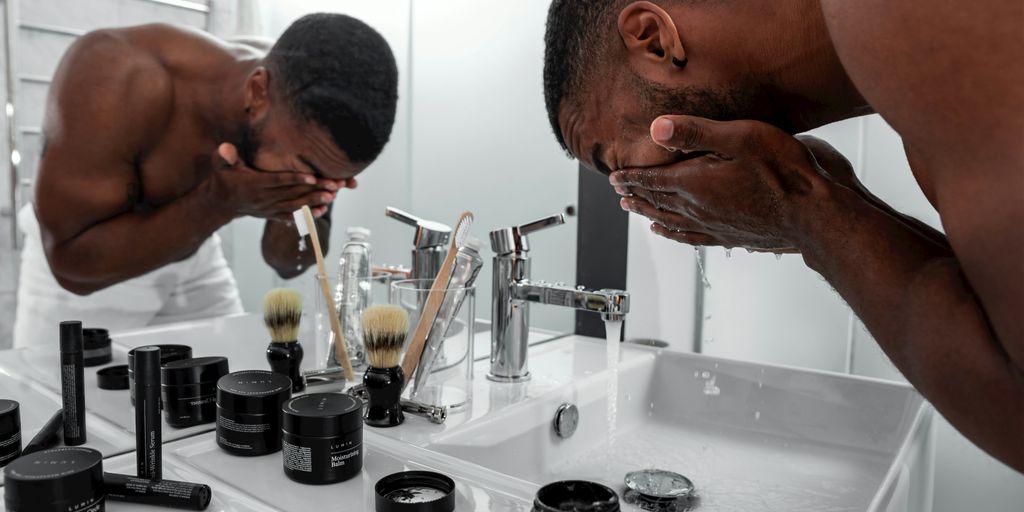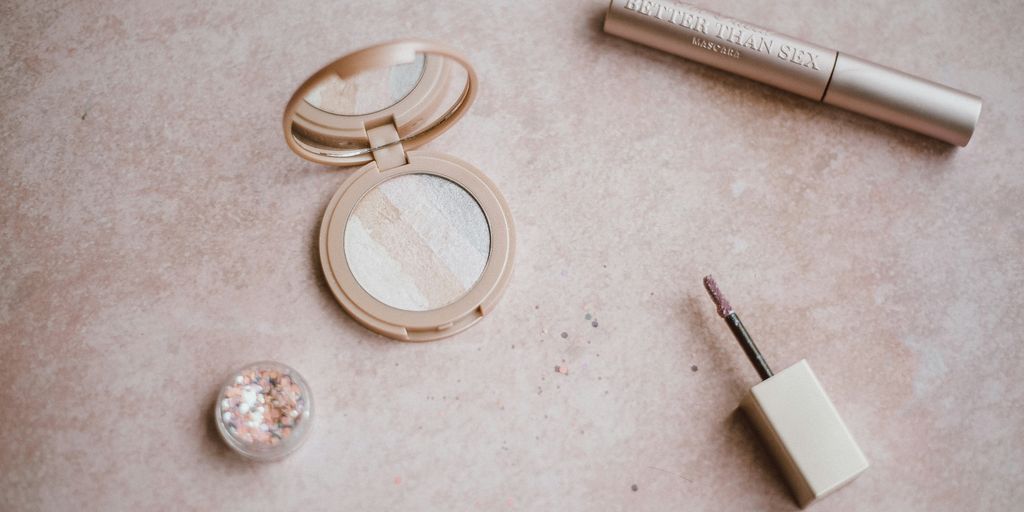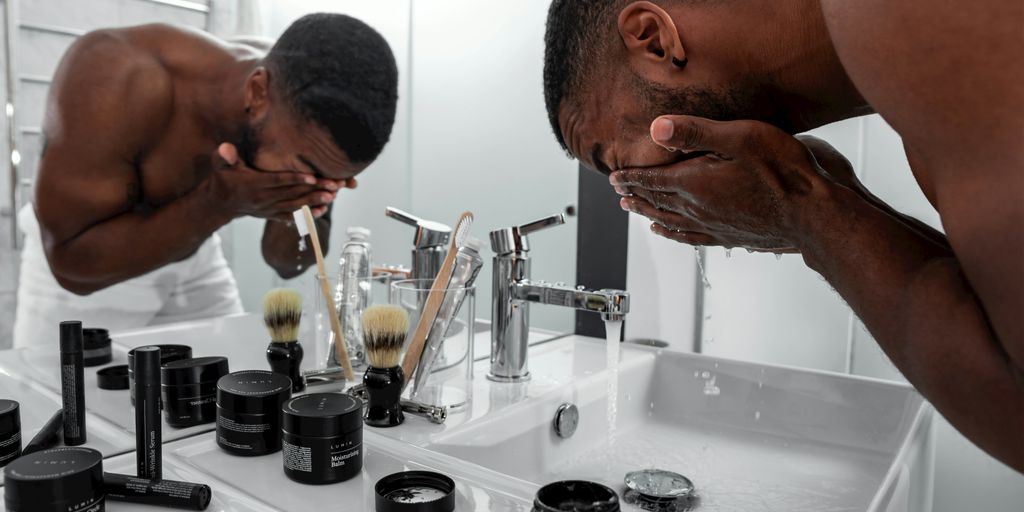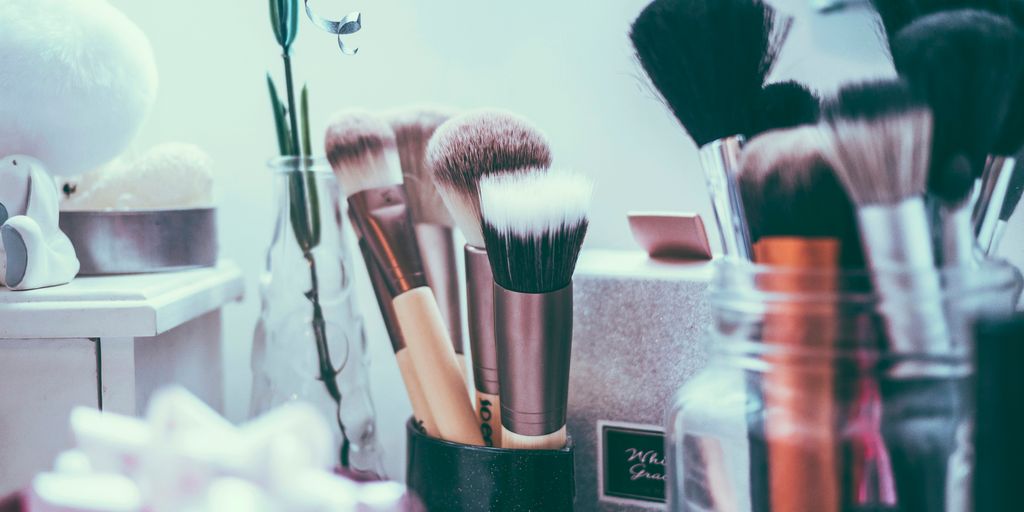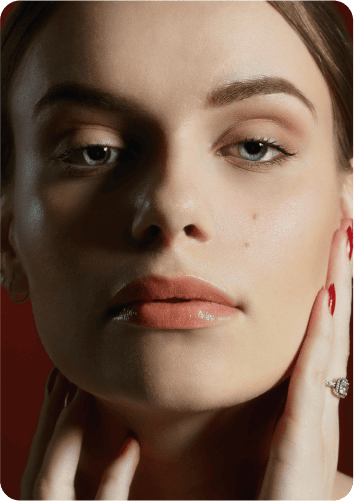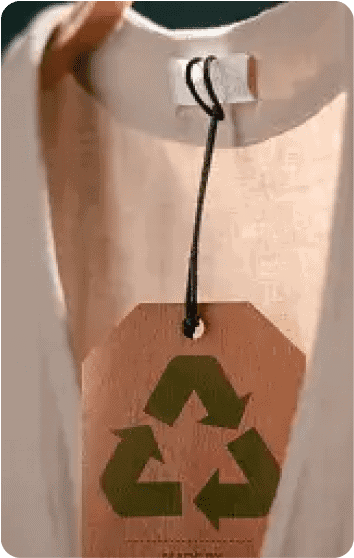In recent years, the beauty industry has seen a significant shift towards ethical practices, with many consumers demanding cruelty-free products. Dermalogica, a well-known skincare brand, often comes up in discussions about ethical beauty. So, is Dermalogica cruelty free? In this article, we’ll explore what cruelty-free means, how Dermalogica aligns with these values, and what it means for consumers in 2025.
Key Takeaways
- Cruelty-free means no animal testing at any stage of production.
- Dermalogica commits to ethical sourcing and ingredient transparency.
- The beauty industry is moving away from animal testing due to consumer demand.
- Dermalogica’s product range includes cruelty-free options that are well-received by users.
- Understanding labels and certifications is key for consumers seeking ethical products.
Understanding Cruelty-Free Certification
What Does Cruelty-Free Mean?
Okay, so what does "cruelty-free" actually mean? Basically, it means that a product wasn’t tested on animals at any stage of its development. This includes the ingredients, the manufacturing process, and the final product itself. It’s a promise that no bunnies, puppies, or any other animals were harmed to make your beauty products. It sounds simple, but it can get pretty complicated, which we’ll get into later.
The Importance of Certification
Why bother with certification? Well, anyone can slap a "cruelty-free" label on their stuff, but that doesn’t mean it’s true. Certifications from organizations like PETA or the Leaping Bunny Program give you some assurance that a third party has verified the brand’s claims. It’s like having a referee in a game – they make sure everyone’s playing fair. Plus, a lot of people are actively looking for certified products these days, so it’s good for business too. Choosing cruelty-free products allows salons to support ethical practices and reduce animal testing. Clients increasingly seek out services that align with their values, and using cruelty-free items will create a deeper connection with this demographic. From facials to waxing, cruelty-free products are available across various treatments.
How Brands Achieve Cruelty-Free Status
So, how do brands actually become cruelty-free? It’s not always easy. First, they have to ensure that none of their suppliers test on animals. This means doing a lot of research and paperwork. Then, they have to open themselves up to audits from certification organizations. It’s a whole process, but it shows they’re serious about their commitment. Some brands go even further, disclosing sourcing practices and highlighting the sustainability of their ingredients. This level of openness was unheard of a decade ago, especially in the budget category. Today, it’s becoming the norm among the most trusted affordable skincare labels 2025.
It’s important to remember that cruelty-free doesn’t always mean vegan. A product can be cruelty-free but still contain animal-derived ingredients like beeswax or honey. Always check the ingredient list if you’re looking for a completely vegan product.
Here are some steps brands take:
- Thoroughly vet their supply chain.
- Obtain certification from a recognized organization.
- Commit to ongoing monitoring and audits.
Dermalogica’s Commitment to Ethical Practices
Overview of Dermalogica’s Philosophy
Dermalogica has always seemed pretty serious about skin health, and that extends to how they run their business. It’s not just about selling products; it’s about doing things the right way. They seem to genuinely care about ethical practices, which is a big deal these days. It’s more than just a marketing thing for them, or at least that’s the vibe I get. They talk a lot about sustainability and responsibility, and it shows in different parts of their business.
Sourcing and Ingredient Transparency
One thing I appreciate is when brands are upfront about where their stuff comes from. Dermalogica seems to be making an effort here. They’re not always perfect, but they’re trying to be more transparent about their sourcing. It’s cool when you can actually understand what’s in your skincare and where those ingredients are coming from. It’s not just about slapping a "natural" label on something; it’s about showing the work that goes into it. More brands should take note, honestly.
Community Engagement and Support
Dermalogica also seems to put effort into giving back. They have programs that support different causes, and that’s always a good look. It’s not just about making money; it’s about using their platform to do some good. I think that’s important, and it definitely influences how I feel about a brand. It’s nice to see a company that cares about more than just their bottom line.
It’s easy to be cynical about big companies, but when you see them actively trying to make a difference, it’s hard not to appreciate it. Dermalogica isn’t perfect, but they seem to be on the right track.
The Impact of Animal Testing in the Beauty Industry
Historical Context of Animal Testing
Animal testing in the beauty industry has a pretty long and not-so-great history. For decades, it was standard practice to test cosmetics and personal care items on animals to check if they were safe for humans. Rabbits, guinea pigs, mice, and rats were often used in these tests. Draize tests, for example, involved putting substances in an animal’s eye or on its shaved skin to see if it caused irritation. It’s not a pretty picture, and it’s something many of us are trying to change.
Current Trends in Animal Testing
Even though a lot of places are moving away from animal testing, it’s still happening in some parts of the world. Some countries actually require animal testing for certain cosmetic products before they can be sold there. But, there’s also a growing push for alternative testing methods, like using cell cultures or computer models, which are way more humane and can even be more accurate. It’s a mixed bag, but the trend is definitely moving towards less animal testing.
Consumer Awareness and Demand for Change
Consumers are way more aware now than they used to be. People are asking questions about how their products are made and whether animals were harmed in the process. This increased awareness is putting pressure on brands to be more transparent and to adopt cruelty-free practices. More and more people are choosing brands that don’t test on animals, and that’s making a real difference.
Choosing cruelty-free isn’t just a trend; it’s a statement. It’s about aligning your purchases with your values and supporting companies that prioritize ethics over profit. By making informed choices, consumers can drive real change in the beauty industry and help bring an end to animal testing.
Here are some ways consumers are driving change:
- Actively seeking out cruelty-free certifications.
- Supporting brands with transparent supply chains.
- Using their purchasing power to reward ethical companies.
Evaluating Dermalogica’s Product Range
Cruelty-Free Product Lines
Okay, so let’s get into Dermalogica’s actual products. It’s one thing to say you’re cruelty-free, but another to actually walk the walk. Dermalogica has several lines that are marketed as cruelty-free, but it’s worth checking them out individually. Are there any hidden ingredients or processes that might raise an eyebrow? We need to look at the ingredients and how they’re made. It’s important to know if the product lines are truly cruelty-free.
Ingredient Sourcing Practices
Where do Dermalogica’s ingredients come from? This is a big one. Even if the final product isn’t tested on animals, the individual ingredients might be. Are they sourcing from suppliers with ethical practices? Do they have a clear chain of custody for their ingredients? Transparency is key here. If a company isn’t open about where their stuff comes from, it’s a red flag.
- Check for certifications like Fair Trade.
- Look for sustainably sourced ingredients.
- See if they have audits of their suppliers.
It’s not enough for a company to say they’re ethical. They need to prove it with their sourcing practices. If they can’t, it’s hard to trust their claims.
Consumer Feedback and Reviews
What are people actually saying about Dermalogica’s products? Do they work? Are people happy with the results? And, importantly, are there any concerns about animal testing or unethical practices that consumers have raised? Real-world feedback is super important. Companies can say whatever they want, but what matters is what people actually experience. Consumer reviews can offer a more realistic view of a brand’s ethics.
Here’s a quick look at what people are generally saying:
- Effectiveness of products
- Customer service experiences
- Transparency of the brand
Comparing Dermalogica with Other Brands
Leading Cruelty-Free Brands
When you’re trying to figure out if Dermalogica is the right choice, it helps to see how they stack up against other brands that also claim to be cruelty-free. There are a lot of companies out there now that are making a real effort to be ethical, and it’s worth taking a look at a few of the big names. For example, some brands focus on superfood-inspired ingredients and sustainable packaging, while others take a more clinical approach with potent, single-ingredient formulas. It really comes down to what you’re looking for in a skincare routine.
- Brand A: Known for its commitment to organic ingredients and eco-friendly packaging.
- Brand B: Focuses on high-tech formulations and visible results.
- Brand C: Offers affordable options with a wide range of products for different skin types.
Market Position and Ethical Comparisons
So, where does Dermalogica fit into all of this? Well, they’ve carved out a spot as a brand that’s both professional-grade and increasingly conscious of its impact. But it’s not always a clear-cut comparison. Some brands might be more transparent about their sourcing, while others might have a wider range of vegan options. It’s all about weighing what matters most to you.
It’s important to remember that "cruelty-free" can mean different things to different companies. Some might only avoid animal testing on the final product, while others go further and ensure that their suppliers also adhere to cruelty-free practices. Always do your research and look for certifications from reputable organizations.
Consumer Preferences and Brand Loyalty
At the end of the day, a lot of it comes down to what consumers actually think and feel. Do people trust Dermalogica? Do they see results? Are they loyal to the brand because of its ethical stance? Consumer reviews and feedback can be super helpful in making a decision. Plus, it’s interesting to see how different brands cultivate loyalty. Some do it through amazing products, others through community engagement, and some through a combination of both. It’s a pretty complex picture, but definitely worth exploring if you’re trying to make an informed choice.
- Check online reviews and ratings.
- Look for mentions of ethical practices in consumer feedback.
- Consider whether the brand aligns with your personal values.
The Future of Cruelty-Free Beauty
The beauty industry is changing fast, and cruelty-free is a big part of it. It’s not just a trend; it’s becoming the standard. What’s coming next? Let’s take a look.
Emerging Trends in Ethical Beauty
Ethical beauty is moving beyond just avoiding animal testing. Sustainability is becoming a major focus. Consumers want products with eco-friendly packaging and ingredients that are good for the planet. We’re also seeing more brands being transparent about their supply chains, so you know exactly where your products come from. It’s about being good for you, the animals, and the earth.
Regulatory Changes and Their Impact
Regulations around animal testing are changing, but it’s a slow process. Some countries have banned animal testing for cosmetics, but others still require it. These changes push brands to find alternative testing methods, like using lab-grown skin or computer models. The more countries that ban animal testing, the more the industry will shift towards cruelty-free practices globally.
Consumer Role in Promoting Cruelty-Free Practices
Consumers have a lot of power. By choosing cruelty-free products, you’re sending a message to brands that ethics matter. It’s about doing your research, supporting companies that align with your values, and spreading the word. Every purchase you make is a vote for the kind of beauty industry you want to see.
It’s important to remember that being a conscious consumer isn’t about perfection; it’s about making informed choices and supporting the brands that are trying to do better. Even small changes in your buying habits can make a big difference over time.
Here are some ways you can promote cruelty-free practices:
- Look for cruelty-free certifications on products.
- Support brands that are transparent about their ingredients and sourcing.
- Talk to your friends and family about cruelty-free beauty.
- Use social media to share information about ethical brands.
Making Informed Choices as a Consumer

How to Identify Cruelty-Free Products
Okay, so you want to make sure your beauty routine is ethical? Awesome! It starts with knowing what to look for. The easiest way to identify cruelty-free products is by looking for certifications from recognized organizations. These groups have strict standards and audit companies to ensure they aren’t testing on animals.
- Look for logos like the Leaping Bunny or PETA’s Beauty Without Bunnies.
- Check the brand’s website for a cruelty-free statement.
- Don’t be afraid to contact the company directly and ask about their animal testing policies.
Understanding Labels and Certifications
Labels can be tricky, I know. Terms like "vegan" and "natural" don’t automatically mean a product is cruelty-free. Vegan means the product doesn’t contain animal ingredients, but it could still be tested on animals. "Natural" is even less regulated.
Here’s a quick rundown:
| Label | Meaning
It’s easy to get overwhelmed, but remember that every small step you take towards ethical consumerism makes a difference.
Supporting Brands with Ethical Practices
So, how do you actually support the brands doing things the right way? Well, it’s more than just buying their products.
- Share your favorite cruelty-free brands on social media.
- Leave positive reviews and let other consumers know why you support them.
- Contact brands and let them know you appreciate their commitment to ethical practices.
By actively supporting these brands, you’re sending a message to the entire industry that consumers care about animal welfare and ethical production. And that’s a message that can make a real impact.
As a smart shopper, it’s important to make choices that are good for you and the planet. By understanding what you buy, you can support brands that care about the environment and your health. Check out our website for tips and tools that can help you shop wisely and make a positive impact. Start making better choices today!
Final Thoughts on Dermalogica’s Cruelty-Free Status
So, is Dermalogica truly cruelty-free? The answer isn’t as straightforward as we’d like. While they do have some solid commitments to ethical practices, there are still questions about their testing policies and transparency. It’s clear that many consumers are looking for brands that align with their values, especially when it comes to animal welfare. If you’re considering Dermalogica, it might be worth digging a little deeper into their practices and seeing how they stack up against other cruelty-free brands. At the end of the day, supporting companies that prioritize ethical treatment of animals can make a real difference. Your choices matter, and they can help shape a more compassionate beauty industry.
Frequently Asked Questions
Is Dermalogica a cruelty-free brand?
Yes, Dermalogica is considered cruelty-free. They do not test their products on animals.
What does it mean for a brand to be cruelty-free?
A cruelty-free brand does not conduct any tests on animals to check the safety or effectiveness of their products.
How can I tell if a product is cruelty-free?
Look for certifications or labels on the packaging, such as the Leaping Bunny logo, which shows the product is cruelty-free.
Does Dermalogica use any animal-derived ingredients?
Dermalogica is known for being transparent about their ingredients, and while they focus on plant-based ingredients, it’s best to check specific product labels for any animal-derived components.
Why is cruelty-free important in the beauty industry?
Choosing cruelty-free products helps reduce animal suffering and promotes more ethical practices in the beauty industry.
Can I trust brands that say they are cruelty-free?
It’s important to research and look for third-party certifications to ensure that brands are genuinely cruelty-free and not just making claims.
